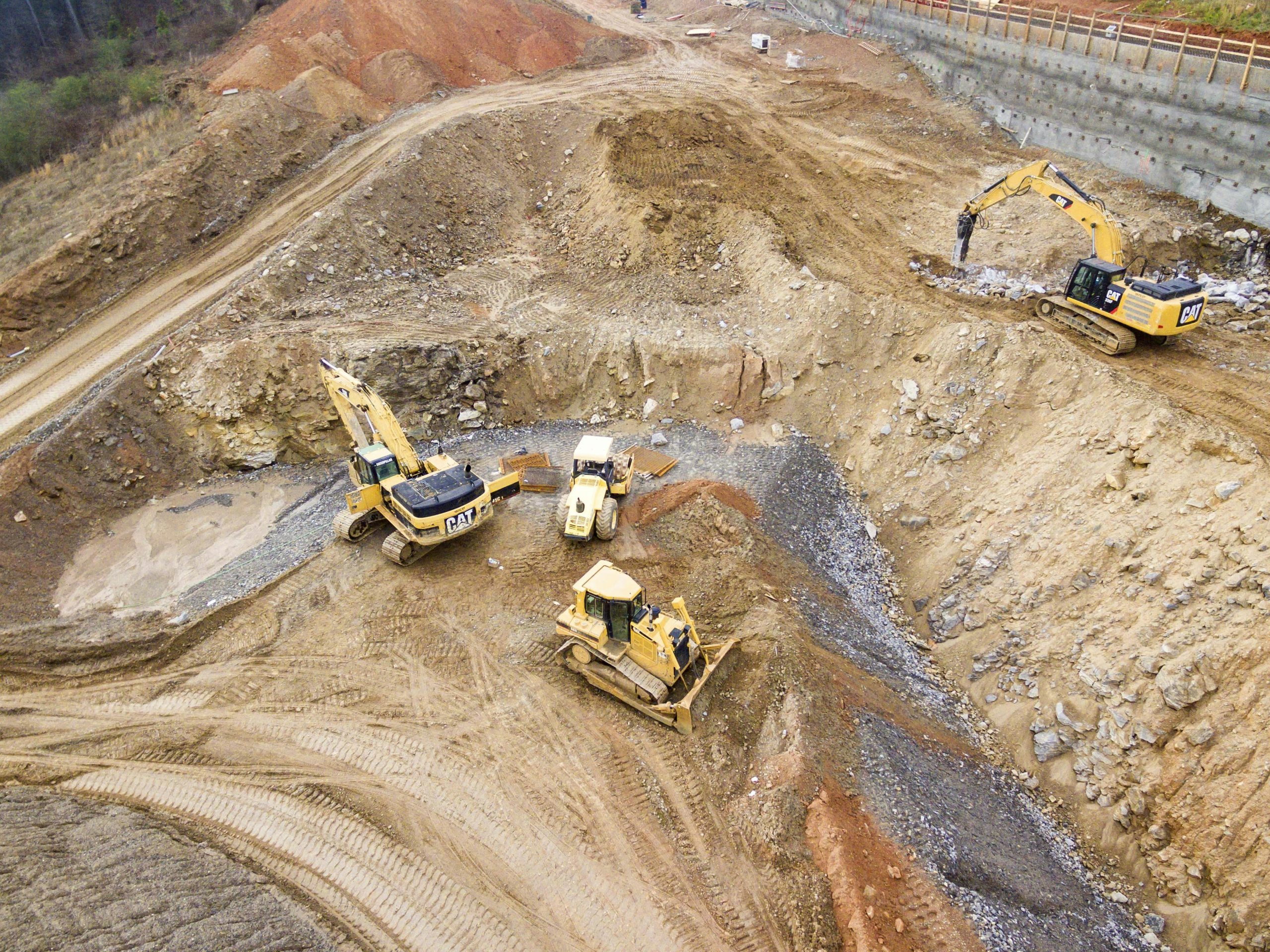In our journey towards building a more eco-friendly future, we often come across the term “sustainable building materials.” But what does that really mean? In this article, we’ll explore the world of sustainable building materials for home construction, breaking down their benefits, various types, and why they are essential for the planet and our well-being. From bamboo flooring to recycled steel, we’ll delve into the options available to us, providing insights on how we can make our homes both stylish and environmentally responsible. Join us as we uncover the exciting possibilities that sustainable materials offer for creating homes that reflect our commitment to a greener world. Have you ever wondered what makes a building material sustainable? When it comes to home construction, sustainability is becoming an essential consideration. But what exactly are sustainable building materials, and why should we care about them?
Sustainability in home construction isn’t just about using materials that are good for the Earth. It’s about creating homes that are healthier for us, more cost-effective in the long run, and resilient for generations to come. As we dive into the world of sustainable building materials, let’s explore how we can make smarter choices for a better future.
What Are Sustainable Building Materials?
Sustainable building materials are those that can be produced and used in a way that has minimal impact on the environment. These materials are often derived from renewable sources, involve fewer pollutants in their production and disposal processes, and promote energy efficiency in the buildings they’re used to construct.
Characteristics of Sustainable Building Materials
When evaluating whether a building material is sustainable, we generally look at several key characteristics:
-
Renewability: The material should come from a resource that can naturally replenish itself over time. Bamboo, for example, is a highly renewable resource compared to traditional hardwoods.
-
Low Energy Consumption: The process of manufacturing the material should not consume excessive amounts of energy. Materials with low embodied energy—such as recycled metal—are preferable.
-
Non-Toxic: The material should not release harmful chemicals into the environment. Natural materials like clay and straw often fit this criterion.
-
Durability: Sustainable materials should last longer, reducing the need for frequent replacements.
-
Recyclability: The material should be easy to recycle at the end of its life cycle, minimizing waste.
Common Sustainable Building Materials
Let’s delve into some of the most popular sustainable building materials available today. We’ll explore why these materials are considered sustainable and how they can be used in various home construction projects.
Bamboo
Bamboo is often hailed as a superstar in sustainable building materials. It’s incredibly strong, lightweight, and grows much faster than traditional timber—often reaching maturity in just 3-5 years.
Benefits of Using Bamboo
- Rapid Growth Rate: Bamboo forests can be harvested much more frequently than hardwood forests.
- Strength and Durability: Bamboo has a higher compressive strength than concrete and a tensile strength that rivals steel.
- Versatility: It can be used for flooring, cabinetry, and even structural supports.
Recycled Steel
Recycled steel is another excellent option, especially when it comes to structural components. Reusing steel not only conserves natural resources but also requires less energy than producing new steel.
Benefits of Using Recycled Steel
- High Recyclability: Steel can be recycled indefinitely without losing its properties.
- Strength: It’s one of the strongest building materials available.
- Energy Efficiency: Recycling steel saves up to 75% of the energy required to produce new steel.
Straw Bale
Straw bales, commonly used in walls and insulation, are a byproduct of grain farming. They offer impressive insulation properties and are incredibly sustainable due to their renewable nature.
Benefits of Using Straw Bale
- Excellent Insulation: Straw bales provide high levels of thermal insulation.
- Natural and Abundant: Straw is a waste product that is widely available and rapidly renewable.
- Biodegradable: At the end of its life, straw can decompose naturally without harming the environment.
Recycled Wood
Using recycled or reclaimed wood is a sustainable practice that reduces waste and the demand for new lumber. This material adds unique character to homes due to its old-world craftsmanship and weathered appearance.
Benefits of Using Recycled Wood
- Reduces Deforestation: Using reclaimed wood minimizes the need for new timber.
- Unique Aesthetic: Each piece of reclaimed wood has a distinct look and history.
- Durability: Reclaimed wood is often stronger and more stable due to its age.
Cork
Cork is harvested from the bark of the cork oak tree, which regenerates its bark after harvesting. This makes cork a highly renewable and sustainable material.
Benefits of Using Cork
- Renewable: Cork trees can be harvested approximately every 9 years without damaging them.
- Fire Resistant: Cork is naturally resistant to fire, making it a safe choice for flooring and wall coverings.
- Durable and Elastic: Cork flooring is both durable and comfortable underfoot.
Rammed Earth
Rammed earth construction involves compacting a mixture of damp earth with a small amount of cement to create sturdy walls. This ancient technique has gained renewed interest for its sustainability and energy efficiency.
Benefits of Using Rammed Earth
- Thermal Mass: Rammed earth walls provide excellent thermal mass, helping maintain interior temperature.
- Natural Materials: Earth and clay are abundant and minimally processed.
- Low Waste: The construction process generates little waste.
Reclaimed Stone
Using reclaimed stone from old buildings and quarries is a sustainable way to incorporate durable, long-lasting material into new homes. The process of reclaiming stone involves less energy and fewer emissions compared to quarrying and processing new stone.
Benefits of Using Reclaimed Stone
- Durability: Stone lasts for centuries with little maintenance.
- Aesthetic Appeal: Reclaimed stone often has a patina and character that new stone cannot replicate.
- Eco-Friendly: Using reclaimed stone reduces the need for new quarrying and processing.

Producing Sustainable Materials: Green Manufacturing Practices
Choosing sustainable materials is just part of the equation. It’s also crucial to consider the manufacturing processes involved. Green manufacturing practices aim to reduce waste, conserve energy, and minimize pollution.
Energy Efficiency
Manufacturing processes that use renewable energy sources, such as wind or solar power, are more sustainable. Additionally, optimizing production to require less energy can make a significant difference.
Waste Reduction
Efficient manufacturing aims to minimize the waste produced. Techniques like off-site modular construction can reduce waste by up to 90% compared to traditional building methods.
Eco-Friendly Materials
Using non-toxic substances, recycled materials, and sustainably sourced raw materials in the manufacturing process further enhances a product’s sustainability.
Benefits of Sustainable Building Materials
Embracing sustainable building materials offers numerous benefits, not just for the environment but also for the people using the buildings and the broader community.
Environmental Impact
- Reduced Carbon Footprint: Sustainable materials often require less energy for production and transport.
- Lower Pollution: Fewer harmful chemicals are released into the air, water, and soil.
- Conservation of Resources: Renewable materials help preserve natural resources for future generations.
Economic Benefits
- Energy Savings: Homes built with sustainable materials often require less energy for heating and cooling.
- Lower Maintenance Costs: Durable materials reduce the need for frequent repairs and replacements.
- Increased Property Value: Sustainable homes are increasingly in demand, often resulting in higher property values.
Health Benefits
- Improved Air Quality: Non-toxic materials contribute to healthier indoor environments.
- Comfort: Better insulation and air quality lead to more comfortable living spaces.
- Reduction of Health Risks: Minimizing exposure to harmful chemicals can reduce the risk of illnesses like asthma and allergies.

Challenges and Misconceptions
While the benefits are clear, there are also several challenges and misconceptions surrounding the use of sustainable building materials.
Cost Concerns
A common misconception is that sustainable materials are always more expensive. While the initial investment can be higher, the long-term savings on energy and maintenance costs often offset these expenses.
Availability and Accessibility
Some sustainable materials may not be readily available in all regions, making them harder to source. However, the increased demand for these materials is driving more widespread availability.
Performance Doubts
There might be concerns about the performance and durability of sustainable materials. However, many of these materials have been proven to be as effective, if not more so, than traditional materials.
Moving Towards Sustainability: Practical Steps
Transitioning to sustainable building materials can seem daunting, but there are practical steps we can take to make the shift easier.
Educate Ourselves
Understanding the options available and their benefits can help make informed decisions. Plenty of resources, from online courses to industry certifications, can provide valuable knowledge.
Seek Professional Advice
Consulting with architects and builders who specialize in sustainable construction can provide insights and recommendations tailored to specific projects.
Prioritize One Step at a Time
Making every aspect of a build sustainable immediately might not be feasible. Prioritizing areas with the most significant impact, like insulation or roofing, can be a manageable way to start.
Support Policies and Programs
Advocating for policies and programs that encourage the use of sustainable materials can drive industry-wide changes.

Conclusion
The journey to using sustainable building materials for home construction is both rewarding and critical for the future. By choosing materials that are renewable, efficient, durable, and non-toxic, we not only create healthier living spaces for ourselves but also contribute to a more sustainable and resilient world. Together, we can make a significant difference, one sustainable choice at a time.